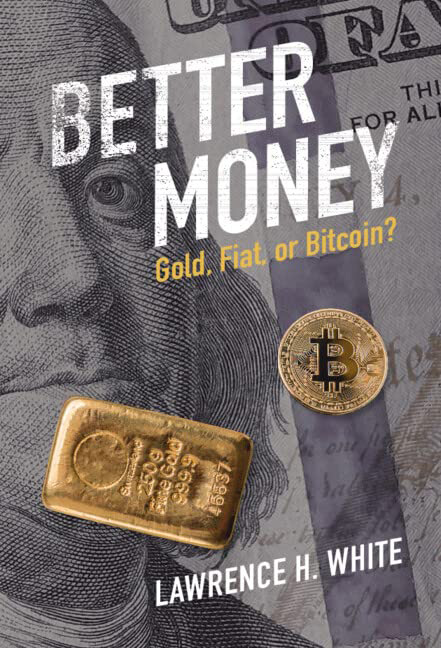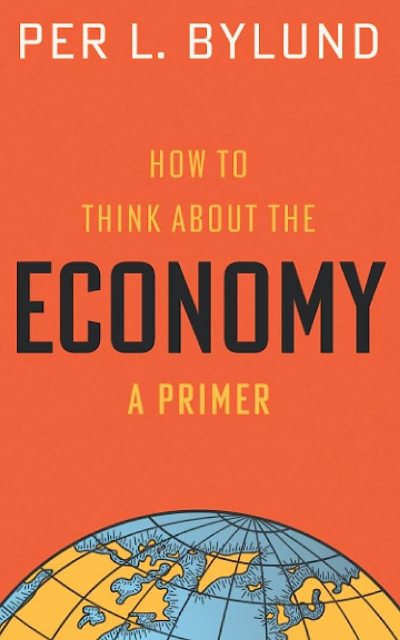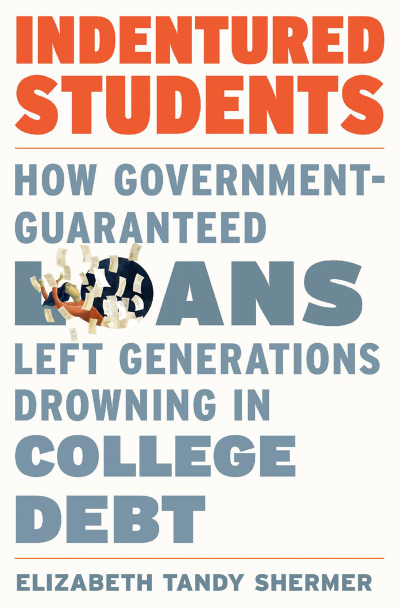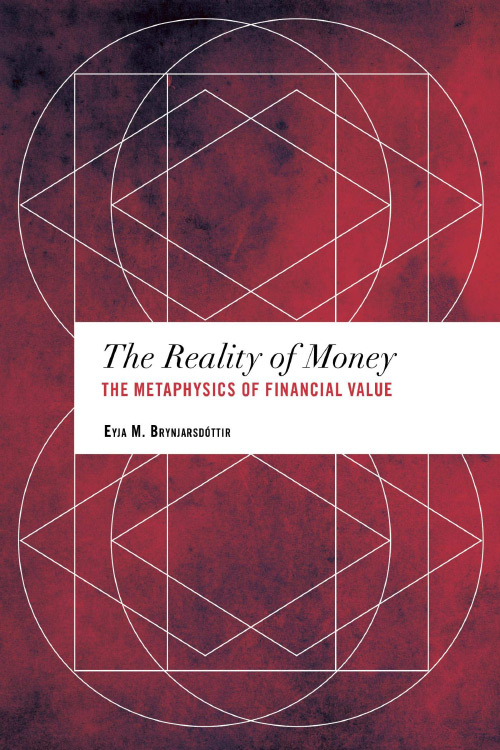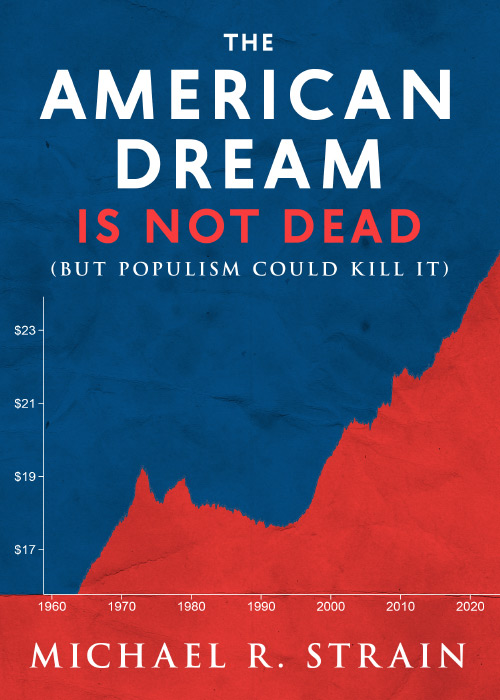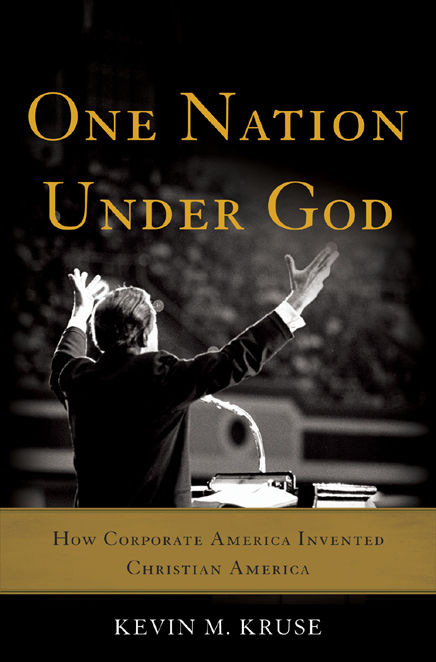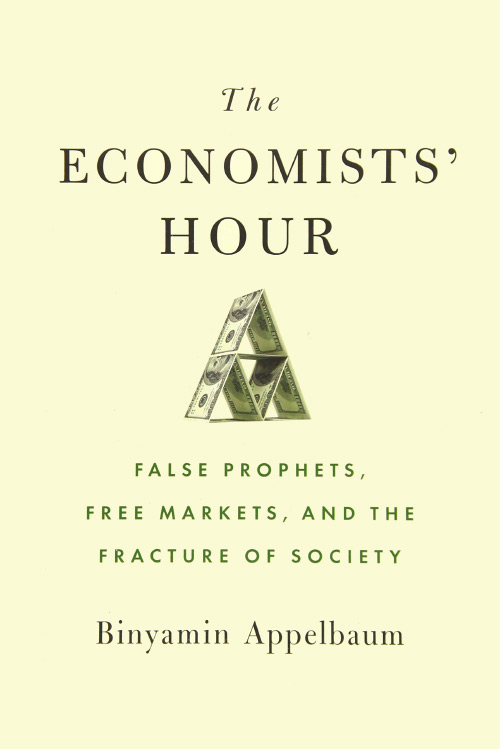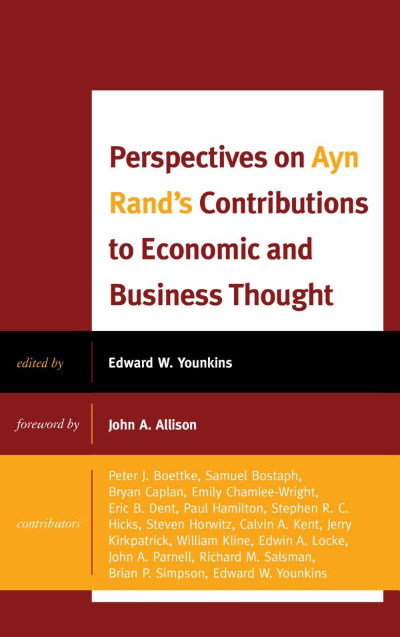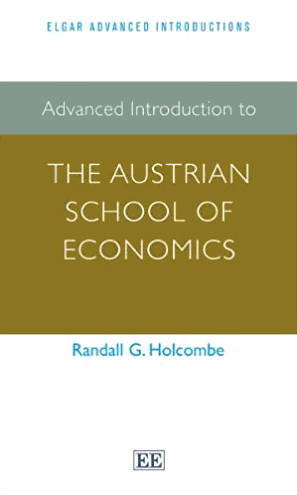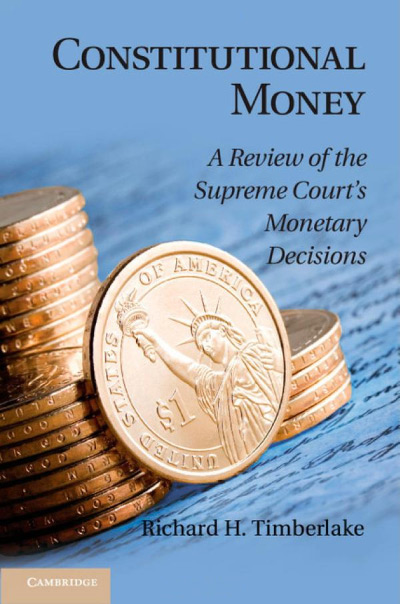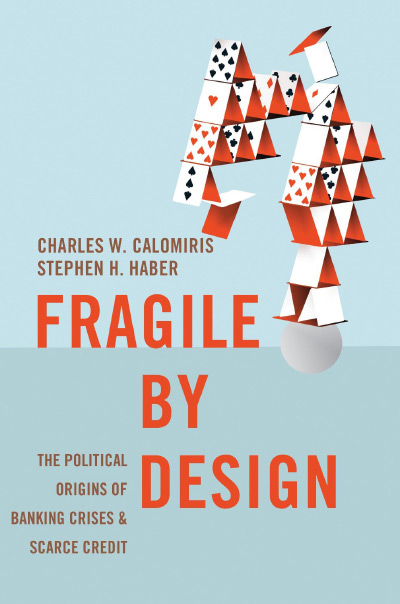Larry White has written another fine book on monetary economics. Better Money would make a great textbook for an advanced undergrad or master’s class and a good reference guide for monetary researchers too. His approach is analytical, but he makes only limited use of equations. His writing style is clear and engaging, and his arguments are correct. Well, by correct, I mean that he has the same views as me, and he is always correct, except when he discusses me. (There is a small slip on page 124, where White writes, “In no known historical case has an irredeemable money standard resulted from a free-market-driven evolution of bank reserves from a positive fraction of liabilities down to zero, contrary to a scenario envisioned by the economist Kevin Dowd (1996).” Since White provides no further details, I am unable to say what the scenario I supposedly envisioned actually was. However, I can safely say that I did not envision it.)
The book is organized into six chapters. Chapter 1 looks at the main (market versus statist) theories of the origin and history of money. It addresses how money originated, why gold and silver became the dominant commodity monies, when coinage was introduced, how the metallic valuation of money came about, and how governments monopolized the mints and devalued the coinage. It also addresses the competition between private mints, the evolution of banknotes, and the emergence of central banks, fiat money and, finally, Bitcoin.
Chapter 2 looks at how the gold standard works. It traces the history of the different types of gold standards; discusses how competitive forces determine the quantity and purchasing power of gold in a small open economy, and how market forces stabilize the purchasing power of gold; and discusses the resource costs of a gold standard.
Chapter 3 discusses thirteen common misconceptions about the gold standard, many of which are believed even by prominent economists who, to be frank, sometimes do not really understand how the gold standard works. These misconceptions include the following:
- “The gold standard caused the Great Depression.”
- “The gold standard prevailed between the First and Second World Wars.”
- “A gold standard is inherently deflationary.”
- “Deflationary periods under the gold standard caused depressions.”
- “Defining ‘the dollar’ as so many grams of gold is price-fixing that is inconsistent with a free market economy.”
...and various others, including the notorious “real bills” doctrine when used as a guide to monetary policy.
Chapter 4 looks at how a fiat standard works. In a gold standard, the monetary unit is defined as a certain amount of gold, but in a fiat standard, the monetary unit is merely one value of itself. A fiat money is “intrinsically useless” for nonmonetary purposes. White discusses the rise of the fiat system, the reason fiat monies have positive value, the demand and supply of fiat money, the quantity theory of money, the (poor) performance of fiat monies (i.e., their inflation record), their resource costs—which he says, and I agree, are higher than the resource costs of a gold standard— the seigniorage revenue obtained by producers of fiat money, and the dangers of fiscal dominance over monetary policy.
Chapter 5 addresses how a Bitcoin standard works, focusing on its economic and monetary aspects, rather than on its cryptographic technology or internal governance. He explains what a bitcoin is, discusses Bitcoin’s background and gives a timeline of its history. He then explains how it acquired a positive market price. His explanation seems exactly right to me: “To the extent that early market demand for Bitcoin was based on anticipation of its future market value, we might say that the market price of Bitcoin picked itself up by its own bootstraps,” he writes (p. 165), while acknowledging the underlying problem that monetary economists have struggled with:
Any potential fiat money ... has at least two equilibrium values, positive and zero. But there is no established theory of a bootstrapping process by which a potential asset switches from a zero to a positive value in anticipation of its [future] use.
And he notes elsewhere (p. 178): “Zero is a potential equilibrium value for Bitcoin in exactly the same way that it is an equilibrium value for any fiat currency.” He goes on to discuss what Satoshi Nakamoto was trying to achieve and then discusses demand and supply issues for bitcoins. In doing so, he correctly relates the volatility of the Bitcoin price to the fixed supply schedule (p. 170): “The analysis of supply and demand . . . shows that fixed supply and its potential for rising price, which attracts long-term investors (“hodlers”), unfortunately brings with it the shortterm price volatility that discourages the use of Bitcoin as a transaction medium.”
Chapter 6 compares and contrasts gold and Bitcoin monetary standards. Here he makes the point (p. 192) that “the most important difference between Bitcoin and gold as monetary standards lies in their contrasting supply mechanism, which give them very different degrees of purchasing power stability.” As he elaborates further:
A crucial difference ... is that the annual rate of gold production is not predetermined but responds to, and stabilizes, the purchasing power of gold. The rate of Bitcoin creation, by contrast, is entirely programmed. It does not respond to or act to stabilize Bitcoin’s purchasing power.
His overall conclusion is that
public policy could allow ... freedom simply by removing restrictions on entry and exit. “Let a thousand flowers bloom, but do not artificially preserve any of them.” This is good advice.... But we should be aware that parallel monetary standards will have a hard time blooming even with free entry except where the inflation rate of the incumbent fiat rises well into double digits. Incumbent fiat monies are somewhat protected by network effects, the strong tendency to stay with the most common currency, so long as central banks keep inflation rates reasonably low. (p. 211)
Even so, he argues, there is still value in understanding how alternative monetary standards work. Should a crisis occur, it makes sense to have a familiar alternative monetary standard that can be taken off the shelf if needed, much like dollarization in Latin America.
This is all good stuff, but there is one respect where I think White’s treatment of Bitcoin is incomplete. In the early days Bitcoin had a 100 percent share of the cryptocurrency market, and White acknowledges (p. 182) that by late 2021, Bitcoin’s market share had declined to the range of 40 to 45 percent, but he doesn’t analyze its market share further. Had he done so, he might have looked into the structure of the Bitcoin “mining” industry and discovered, as Martin Hutchinson and I did nearly a decade ago, that this industry has the industrial structure of a natural monopoly. From which one might infer that, with open entry and ongoing innovation, the market share of Bitcoin would eventually go to zero much like the way in which the market for the Ford Model T also went to zero as new models drove out the old. One then obtains the Dowd-Hutchinson “Bitcoin bites the dust” scenario (K. Dowd and M. Hutchinson, “Bitcoin Will Bite the Dust,” Cato Journal 37:357–82.) You might say that this scenario hasn’t happened yet, and you would be right, but I could also say that Bitcoin is already more than halfway there. So where does White think that that market share is heading? Is it going to zero, in which case, why not say so, or is it going to some value greater than zero, and if the latter, then why? He doesn’t say, but it would have been interesting to have had his thoughts on the matter and the pleasure of his company on the Bitcoin naughty step.


